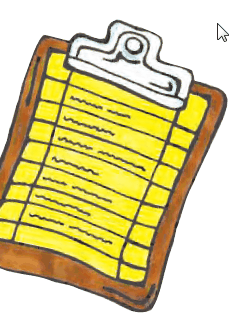The Student
You are in your office, or behind the counter of the pro shop, or maybe on the driving range finishing your lesson and waiting for the next lesson. Wherever you are, your lesson starts when you immediately see your student, or students, approaching you.
You are now in teaching mode. No words are used as you are analyzing the visual aspects of the approaching student. The student is giving you signals, or body language, as to their personality and emotional state.
As the student approaches, you study the following:
- The walk: Is their walk smooth or jerky? Do they move athletically? Is their stride long or short and jerky? Smooth walkers usually will have a smoother flow to their body movements, and perhaps their golf swing. Short-stride walkers will usually take a short backswing and rush the swing.
- How is the balance of the student while moving? Balance is the most vital ingredient to skill movement, and not just in athletics. If there is a balance problem, that is going to be your first approach to the golf swing.
- Does the walking stride show nervousness? Is the head sagging down or gazing around side-to-side? Such may signal a lack of confidence or an embarrassment in the fear of not being able to do well. This will require an assurance by you to make the student feel comfortable and more at ease. One of the things an instructor has to do is make the student feel a little more self-assured by having the student realize that many shots and attempts will go wrong and not to feel embarrassed when it happens. Mistakes are part of the learning process. The student must leave their ego at home.
- Thesmile. Your first contact naturally should be a smile that wrinkles right up to the eyes. Lack of eye wrinkle usually indicates a false smile, as just the lips move. No matter how bad your day, do not indicate such to the student. The student is not interested in your bad day.
- Look your student in the eyes. If you look away, do it slowly, and not as if it is boredom or the student being insignificant.
- Body position. Always face the student with your full body. This way, the student feels they have your full attention and interest. With half a body facing the student, the student will feel you want to move away from them.
- Do not fidget, wiggle, twitch, squirm, or scratch. Be careful of hand movement, as it may signal disinterest. Standing confidently shows you are interested in helping them. Habitual good posture is the first mark of a good and confident teacher. Poor posture shows disinterest and lack of attention to the lesson, and may also indicate your poor attitude.
Copyright © 2023 United States Golf Teachers Federation, All Rights Reserved
200 S. Indian River Drive, Suite #206, Fort Pierce, FL 34950
772-88-USGTF or 772-595-6490 - www.usgtf.com
200 S. Indian River Drive, Suite #206, Fort Pierce, FL 34950
772-88-USGTF or 772-595-6490 - www.usgtf.com

